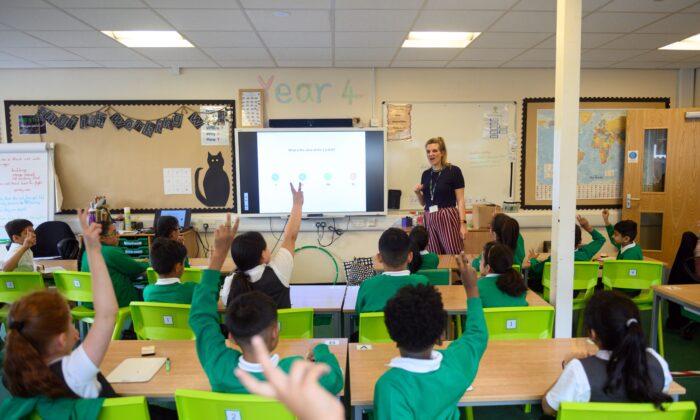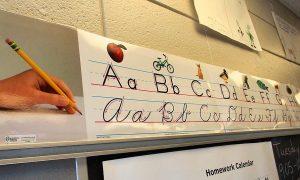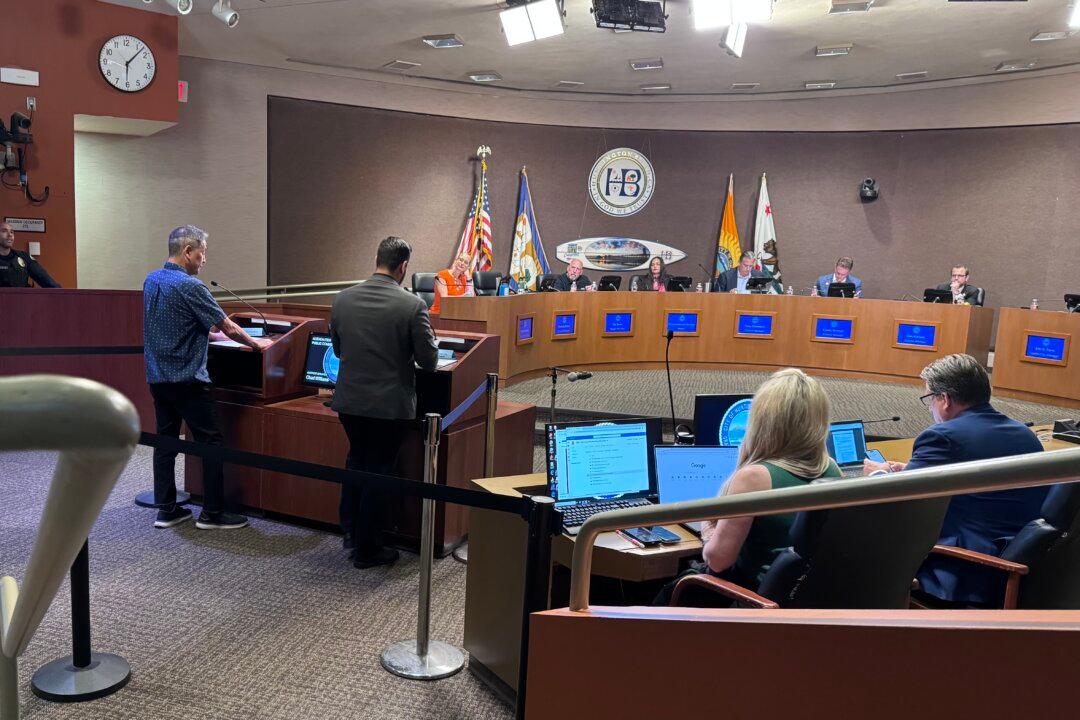Memorization is the best way to help children learn multiplication, according to a recent study published in the Journal of Applied Cognitive Psychology.
The study compared two common methods—chanting and flashcards—to find which activity is more effective.
Its experiments took place in four second-grade classrooms in which the teachers gave a lesson on multiplying by three.
After the lesson, half the classrooms repeated multiplication tables displayed on a whiteboard, while the other half practiced with flashcards.
Each student who practiced with flashcards had their own personal sets with answers on the reverse side of the cards.
Both groups spent fifteen minutes practicing the three times tables every day for a week.

Then, when the teachers moved on to multiplication by fours, the groups switched methods for practicing—meaning the chanting students tested themselves with flashcards, and the flashcard kids practiced by chanting.
Before the lessons, the second-graders got an average of three multiplication questions right on their quizzes, according to the study.
After the lessons, the students who chanted got an average of six quiz questions right—but the students who used flashcards got an average of eight questions correctly.
Students were tested again a full week later without any additional practice sessions, and the students who used flashcards continued to perform well on their quizzes.
Researchers concluded that using flashcards to memorize multiplication tables was beneficial for both short-term and long-term memorization.
This is because flashcards are a part of what researchers call a “retrieval practice,” which occurs when one attempts to retrieve and bring a memory to mind, and is a part of creating a long-term memory.
“The results show that both learning strategies have a positive effect on multiplication fact fluency over time,” the study stated. “However, compared to restudy, retrieval practice leads to a stronger increase of both short-term and long-term multiplication fact fluency. Additionally, for both learning strategies, pupils retained their short-term fact fluency for over a week.”







